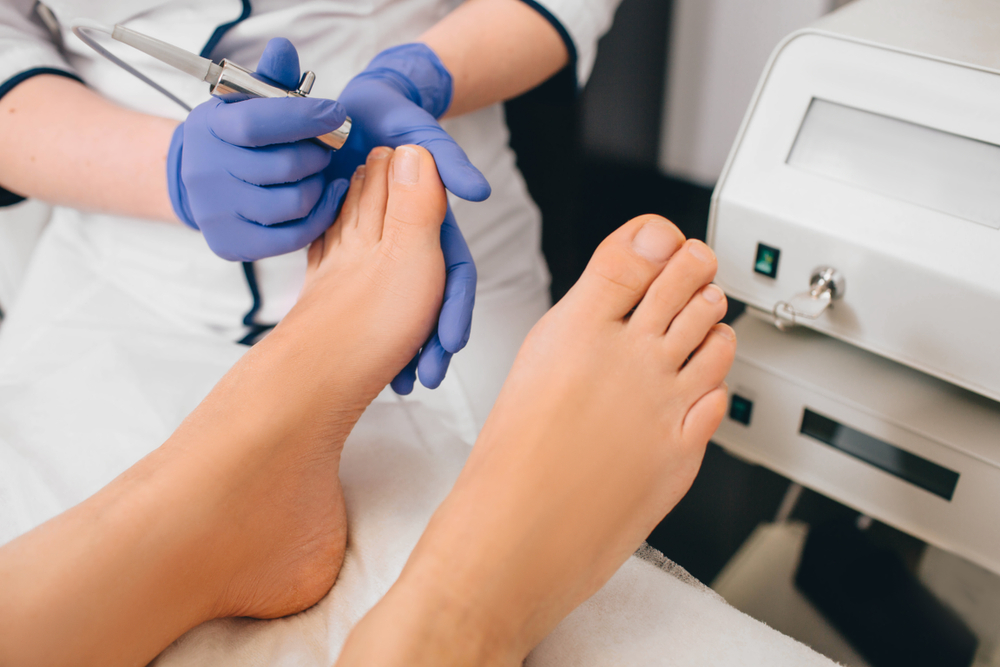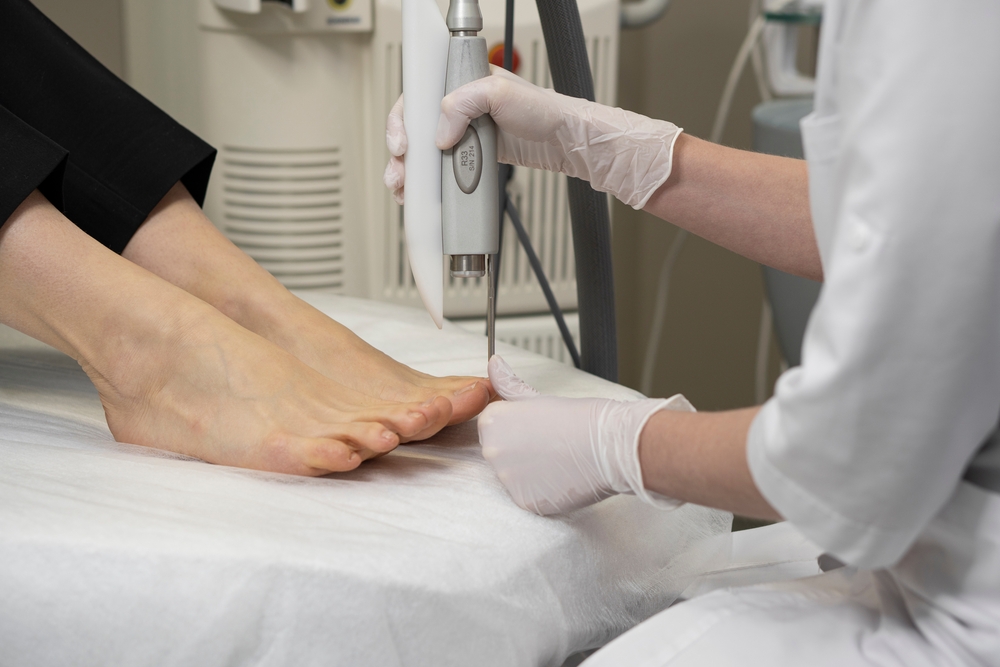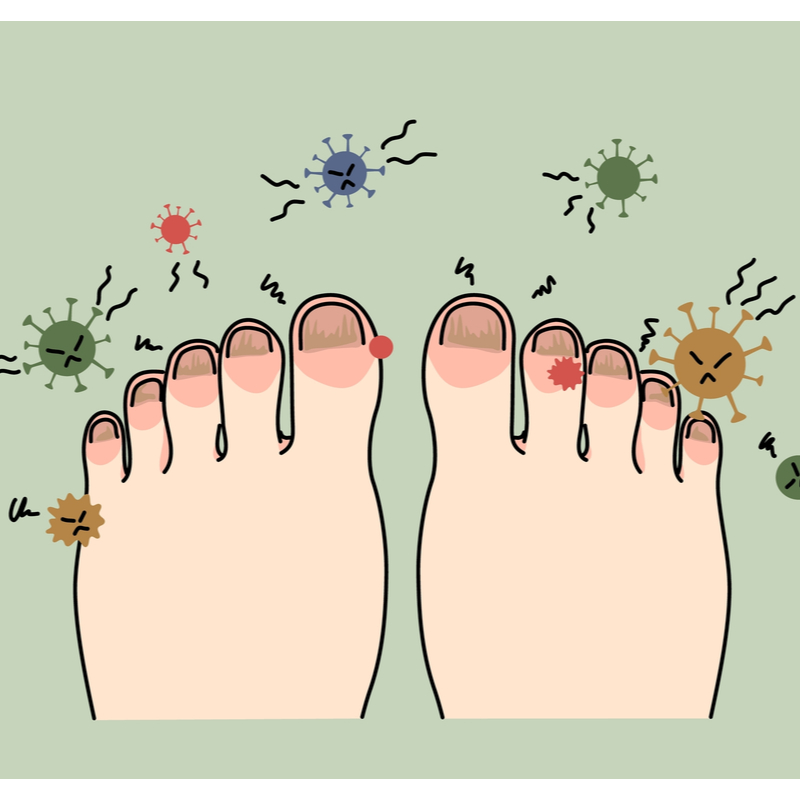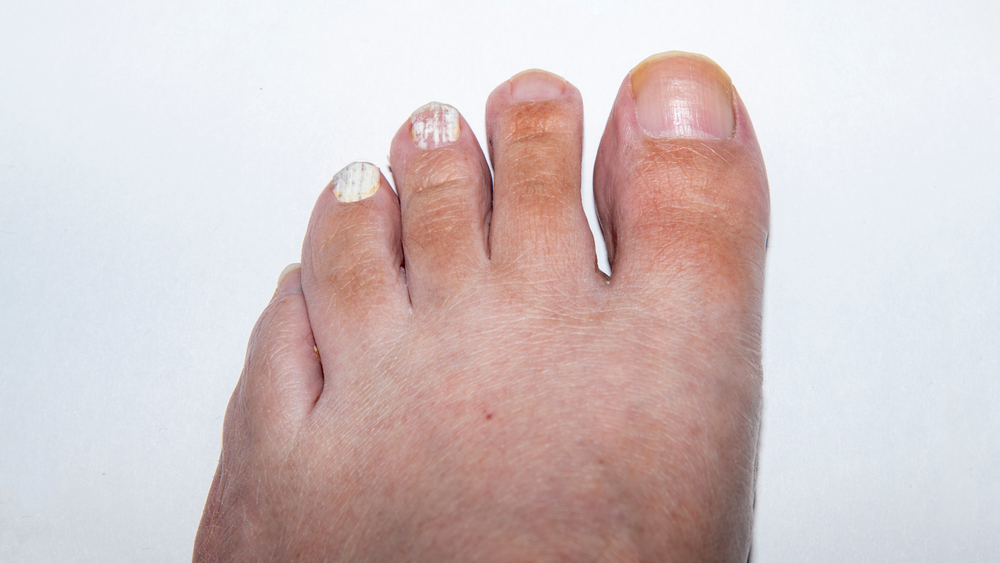WSO stands for White Superficial Onychomycosis. About 10% of all fungal nail infections are white superficial onychomycosis. Symptoms and treatment options are discussed. Also, you'll learn about the impact this condition has on your life. Read on to learn about the various types of WSO and how they are treated. You may even develop the condition yourself. However, no matter the severity, you should seek medical advice as soon as possible.
Table of Contents
Treatment

While there is no single effective treatment for white superficial onychomycosis, there are several options. The most common methods are oral antifungal preparations such as ketoconazole and itraconazole. These treatments require longer treatment times and can have unpleasant side effects. For fingernail fungus, terbinafine must be taken daily for eight to twelve weeks. Although this method is successful, it is painful and time-consuming.
Over-the-counter solutions are not without risk. Many contain synthetic substances that can actually cause more harm than good to the infected nail. An OTC formula that contains only natural ingredients is ZetaClear. This blend is organic and has zero side effects. While there are a number of other treatments available, ZetaClear is a superior choice. Here are some of the benefits of ZetaClear.
The symptoms of white superficial onychomycosis include yellow, white, or brown nail plates. In some cases, nail plate discoloration can be painful and can hinder basic nail cutting. Additionally, deformed nails can promote secondary bacterial infections. Several recent studies have highlighted the emotional, occupational, and social effects of onychomycosis. Treatments for white superficial onychomycosis are available, including laser therapy, topical treatments, and oral medications.
White superficial onychomycosis is a rare type of toenail fungus that affects the surface layer of the nail. It initially manifests as white spots that eventually turn powdery. If left untreated, the condition can progress to massive penetration and cause the toenail to crumble. However, some treatments can be performed at home, using oral spray or the topical liquid.
Diagnosis
Onychomycosis is an infectious disease in which fungi cause white, yellow, or black spots on the nail. This disease can spread to other areas of the nail, causing the nail to soften or even detach from the nail plate. The symptoms of onychomycosis can be similar to those of other types of nail infection, although they can vary widely in appearance and severity.
Several factors contribute to the development of onychomycosis. One factor is contact with contaminated surfaces, such as the faces of cows and farmers. However, other factors such as wearing shoes, living in damp spaces, and aging of the US population have contributed to an increase in the prevalence of onychomycosis. Patients who are immunocompromised may be at a higher risk, including those with HIV infection or undergoing immunosuppressive therapies for post-surgical conditions or cancer. Broad-spectrum antibiotics are also a common cause of onychomycosis.
White superficial onychomycosis is a rare form of toenail fungus. It affects only the nail plate's surface. It often begins as a white spot, and later turns powdery and crumbles. Overuse of nail polish remover can exacerbate the condition. Chemical compounds in nail polish remover dehydrate the nail, which can lead to deterioration. If this is not cured with medical treatments, the only treatment is surgical removal.
Diagnosis of white superficial onychiosis requires several tests. A specialized laboratory must examine the nail to rule out other conditions. The nail clippings can be sent for formalin-filled cytology or for a biopsy in an incisional biopsy. They will be stained with periodic acid-Schiff or methenamine silver stain. Incisional biopsy is the most sensitive method.
Treatment options

In addition to prescription drugs, over-the-counter antifungals are also available for the treatment of onychomycosis. While these are not particularly effective in cases of moderate to severe onychomycosis, some home remedies are available. These include tea tree oil, coconut oil, and Vicks VapoRub, which have antifungal properties. However, it's important to note that these remedies do not undergo rigorous testing.
To determine the severity of WSO, the affected nail must be cleaned with a special alcohol swab. This will remove any dirt and bacteria. A sample is taken from the nail bed at a site closest to the cuticle and lunula. If WSO is suspected, a sample of the nail is also taken from the surface. The infection is most effectively treated by mechanical debridement.
The specific form of WSO must be identified and treated, based on the causative organism and the host's characteristics. Trichophyton interdigitale, which causes WSO in healthy adults, is treated by scraping the nail plate and applying a topical antifungal agent. In children, topical agents may be used to treat diffuse involvement of the nail plate, while systemic antifungals are used for more extensive cases of WSO.
Onychomycosis is a common fungal infection involving the nail plate and the nail matrix. It is difficult to treat and is not always curable. 80% of all toenail infections are caused by dermatophytes. The infection is classified into three categories: superficial white onychomycosis, candidial onychomycosis, and total dystrophic onychomycosis.
Impact on quality of life
People with onychomycosis tend to experience increased stigma and poorer relationships. Many people report feeling uncomfortable around people with the condition, citing it as a contributing factor to poorer career performance, disorganization, and inefficiency. Additionally, people with visible onychomycosis tend to be less receptive to criticism and less committed to their jobs.
The ODSQ was responsive to clinical change and was significantly more sensitive than the Medical Outcomes Study Short Form-36 for measuring quality of life. The study provides reliable, validated, and responsive information about the consequences of onychomycosis. The findings of the study will help healthcare providers and policymakers better understand the impact of the disease on patients. However, there are limitations to the study's design.
While the disease's pathogenesis is well understood, there is scant research on the impact of onychomycosis on quality-of-life. However, a recent study conducted in Hong Kong found that the disease affects people's quality of life. People with this infection experience poorer social skills and poorer hygiene. In addition, respondents with the disease tend to overreact to social situations, causing them to suffer a reduced quality of life.
Despite the numerous benefits of effective antimycotic therapy, onychomycosis can impact QoL as well. Patients with more toenail involvement had higher QoL and social impairment than those with superficial white onychomycosis. Moreover, patients with total dystrophic onychomycosis experienced greater symptom impairment than those with superficial white onychomycosis.
Symptoms

Onychomycosis, a fungal infection of the nails, affects people of all races, ages, and sex. It is more common in toenails than fingernails. A fungal infection of the nail is caused by fungi, and the most common culprit is Trichophyton rubrum. This is the same fungus that causes jock itch. Symptoms of onychomycosis include white patches on the entire nail.
In the early stages, the condition is characterized by a discoloured and thickened nail. The nail can even become detachable and crumbly. Additionally, the skin beneath the nail can become inflamed and painful. White patches may develop on the nail plate near the fold, or they may be absent altogether. During the course of the disease, the nail plate will become white at the cuticle, remaining normal in the outer layers of the nail. A patient with the disease may also experience psoriasis, a condition that affects the matrix of the nail.
Treatment for onychomycosis depends on the severity of the condition. Treatment for white superficial onychomycosis includes antifungal medications. Antifungal medications are applied to the affected area. It is important to treat this infection as soon as possible. Toenail fungus is highly contagious, so treatment should begin as soon as possible. Topical antimycotics are often the first line of treatment for onychomycosis.
Fungal infections of the nails can affect any part of the nail. A few people may develop an infection in only one nail, but the infection can affect several nails. The most common type of fungal nail infection is distal subungual onychomycosis, which spreads from the skin to the underside of the nail. The symptoms of DLSO are caused by inflammation of these areas. However, white superficial onychomycosis is a rare, non-invasive fungal infection of the nail that occurs from a fungal nail invasion of the nail plate to the surrounding nail bed.


Leave feedback about this